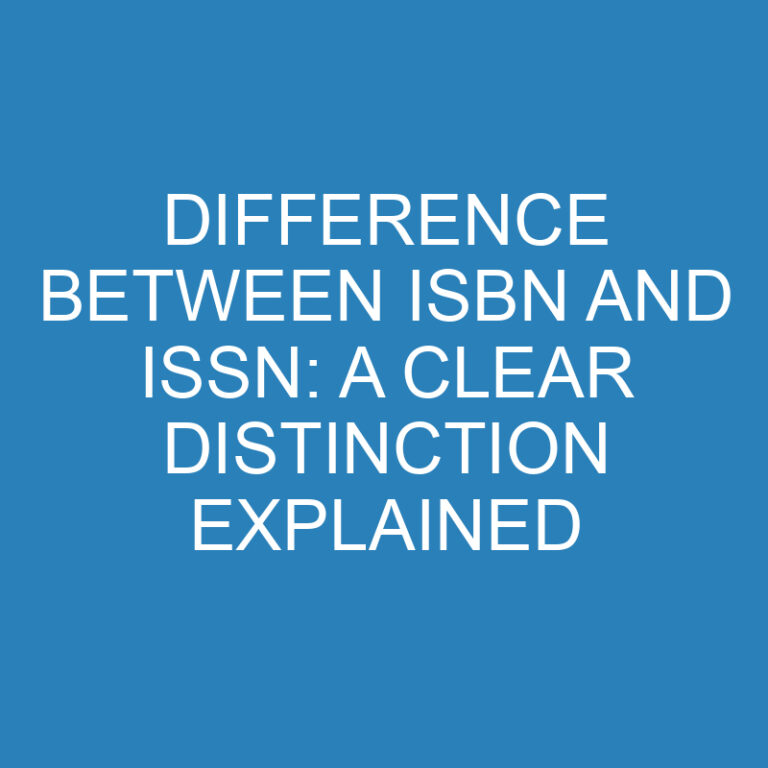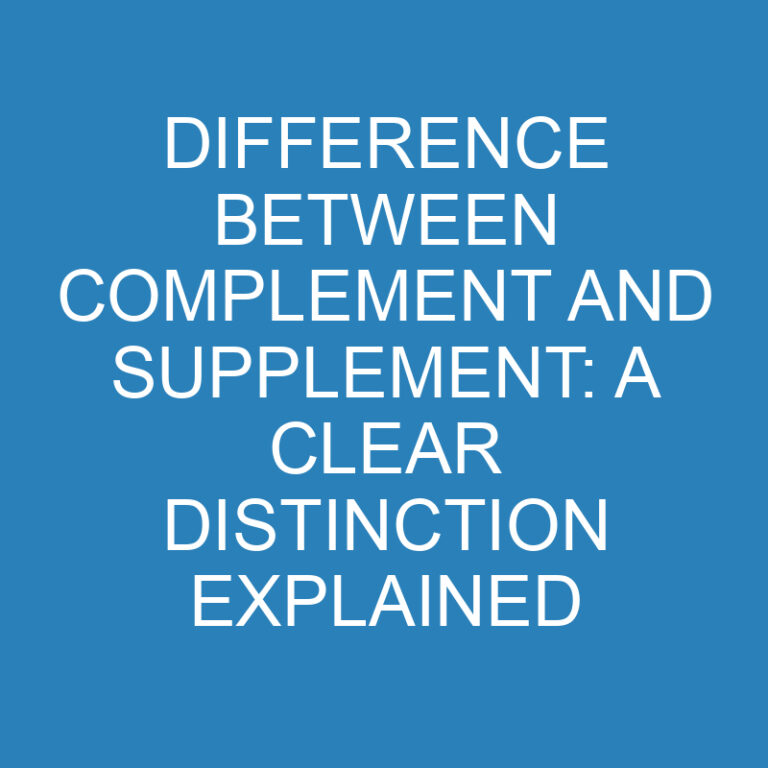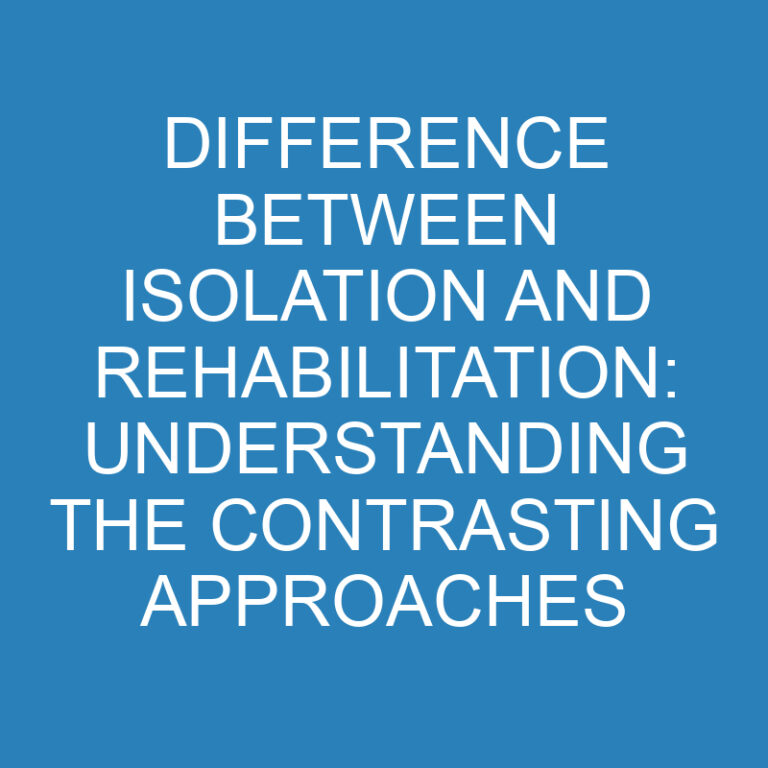
Are you confused about the difference between broiling and baking? Well, you’re not alone. Many people find themselves perplexed when it comes to these two cooking methods. But fear not, I’m here to shed some light on the subject.
Let’s start with broiling. When you broil something, you’re exposing it to direct heat from above. This high-temperature cooking method is perfect for achieving a crispy, caramelized exterior while keeping the interior tender and juicy. Think of broiling as grilling upside down – it’s like giving your food a quick blast of intense heat from the top.
On the other hand, baking involves cooking your food by surrounding it with heat in an enclosed space, such as an oven. Baking typically uses lower temperatures and longer cooking times compared to broiling. It’s ideal for dishes that benefit from gentle, even heating to cook through evenly.
So, in summary: broiling is all about intense heat from above for quick cooking and browning, while baking involves surrounding your food with gentle heat for slower, more even cooking. Keep these distinctions in mind next time you’re following a recipe or deciding which method to use – it can make all the difference in achieving delicious results!
What exactly is broiling? Well, let me break it down for you. Broiling is a cooking method that involves exposing food to direct heat from above. It’s like giving your food a sizzling sunbath! When you broil something, the heat source typically comes from an overhead element in your oven or broiler.
Broiling is all about high temperatures and quick cooking. Think of it as the opposite of baking, where the heat comes from all sides of the oven. With broiling, you’re blasting your food with intense heat from one direction only. This intense heat creates a beautiful caramelization on the surface of your food, giving it that deliciously crispy and golden brown finish.
One great thing about broiling is its speed. Since the heat source is so close to the food, it cooks much faster than other methods like baking or roasting. It’s perfect for when you’re short on time but still want that perfectly seared steak or nicely charred vegetables.
Another advantage of broiling is that it’s a healthier cooking option compared to frying or sautéing in oil. Because no oil is required for cooking, you can enjoy all those tasty flavors without adding extra calories.
When it comes to what foods are best suited for broiling, think about items that benefit from quick cooking and browning on top. Steaks, fish fillets, chicken breasts, and even veggies like asparagus or bell peppers work wonderfully under the broiler.
So next time you want to add some crispiness and color to your dish without spending hours in the kitchen, give broiling a try! It’s a fantastic way to elevate your culinary skills and create mouthwatering meals with minimal effort.
How does broil work?
Broiling is a cooking method that involves exposing food to high heat from a direct source, typically located at the top of the oven. This intense heat quickly browns and caramelizes the surface of the food, creating a delicious crispy exterior while retaining its moisture and tenderness inside.
When you set your oven to broil, it activates the broiler element, which is usually a powerful electric or gas burner located in the upper part of the oven cavity. Once turned on, it generates intense radiant heat that radiates downwards onto the food placed on an oven-safe pan or rack.
The proximity of the food to the broiler element is crucial during broiling. It’s recommended to position the food relatively close to ensure proper browning without overcooking or drying out. Keep in mind that different ovens may have varying distances suggested for optimal results, so consulting your oven’s manual is always helpful.
Broiling works exceptionally well for thinner cuts of meat such as steaks, chops, and fish fillets as it quickly sears their surfaces while keeping them juicy and flavorful inside. It can also be used to melt cheese on top of dishes like casseroles or gratins or even achieve a beautiful golden crust on desserts like creme brulee.
Remember to keep a close eye on your food while broiling since it cooks very rapidly due to the high temperatures involved. It’s important not to leave it unattended as it can go from perfectly browned to burnt in just a matter of minutes.
In summary, broiling utilizes direct radiant heat from an electric or gas burner located at the top of your oven cavity. This method delivers quick and intense cooking by browning and crisping foods while preserving their juiciness within. So whether you’re looking for beautifully seared steaks or perfectly melted cheese toppings, broiling can be an excellent technique to achieve those desired results in no time.
When should you use the broil function in your oven? That’s a question many home cooks often find themselves pondering. Let me shed some light on this topic and help you understand when it’s best to utilize the broil setting.
First and foremost, broiling is all about high heat. It involves exposing food to direct heat from above, usually coming from the oven’s top heating element. This intense heat creates a searing effect, browning and caramelizing the surface of your food while locking in its juices.
Here are a few scenarios where using the broil function can be advantageous:
- Browning and Crisping: When you want to achieve that beautiful golden-brown crust on top of casseroles, gratins, or meat dishes like steaks or chops, broiling is your go-to method. It quickly adds a crispy texture that can elevate your dish from ordinary to extraordinary.
- Melting Cheese: Whether you’re making cheesy nachos or indulging in a deliciously gooey grilled cheese sandwich, broiling helps melt cheese evenly and rapidly. The direct heat ensures that the cheese gets perfectly bubbly and slightly browned without overcooking the other ingredients.
- Finishing Touches: Sometimes you may have cooked your dish through baking but feel like it needs an extra touch for added visual appeal or flavor enhancement. Broiling can provide that finishing touch by giving a quick blast of heat to ingredients like breadcrumbs, herbs, or even glazes on roasted meats.
- Quick Cooking: Broiling is ideal for small cuts of meat or fish fillets that require fast cooking at high temperatures. It allows you to achieve desirable doneness levels while keeping the inside moist and tender.
Remember to keep an eye on your food when using the broiler as it can cook quickly due to its intense heat source. Adjust oven racks accordingly so that foods are placed at optimal distances from the broiler element.
In conclusion, the broil function is best used when you want to brown, crisp, melt cheese, add finishing touches, or cook smaller cuts of meat quickly. It’s a versatile technique that can bring out the flavors and textures you desire in your culinary creations. So go ahead and experiment with broiling in your kitchen – it might just become one of your favorite cooking methods!
What is bake?
Bake is a cooking method that involves using dry heat to cook food. It typically takes place in an oven or on a hot surface, such as a baking sheet or dish. When you bake something, the heat surrounds the food and slowly cooks it from the outside in, resulting in a deliciously browned and tender final product.
One of the key characteristics of baking is the use of indirect heat. Unlike broiling or grilling where direct heat is applied to the food, baking relies on surrounding the food with hot air. This allows for even cooking and helps to retain moisture within the ingredients.
Baking can be used for a wide variety of foods ranging from bread and pastries to meats, vegetables, and casseroles. It’s a versatile method that can be adjusted based on cooking time and temperature to achieve different results. For example, lower temperatures are often used for slow roasting meats or caramelizing onions, while higher temperatures are preferred for quick-baking cookies or creating crispy crusts on pies.
One advantage of baking is that it allows flavors to meld together as the ingredients cook slowly over time. This slow cooking process enhances the taste and tenderness of many dishes, making them more flavorful and enjoyable.
In summary, baking is a popular cooking technique that uses dry heat to cook food evenly through indirect heat. It’s versatile, allowing for various dishes to be prepared with delicious results. Whether you’re baking bread or roasting vegetables, this method brings out unique flavors while maintaining moisture within your culinary creations.
How does bake work?
Let’s dive into the fascinating world of baking and uncover the inner workings of this culinary technique. When it comes to cooking, baking is a versatile method that involves using dry heat in an enclosed space, typically an oven, to cook food. But how does it actually work?
- Heat distribution: One key aspect of baking is the even distribution of heat throughout the oven. This ensures that food cooks uniformly and prevents any hot spots or unevenly cooked areas. Ovens are designed with heating elements either at the bottom or top (or both) to generate heat.
- Conduction and convection: Baking relies on both conduction and convection for cooking food. Conduction occurs when heat transfers directly from the hot air in the oven to the surface of the food, causing it to cook from outside inwards. Convection, on the other hand, happens when heated air circulates within the oven, transferring heat more evenly around all sides of the food.
- Maillard reaction: The Maillard reaction is a crucial process that takes place during baking. It occurs when high temperatures cause amino acids and reducing sugars to react together, resulting in browning and creating complex flavors and aromas in baked goods like bread crusts or cookies.
- Leavening agents: Baking often involves incorporating leavening agents such as baking powder or yeast into recipes. These agents release gases (such as carbon dioxide) during baking which creates bubbles within dough or batter, leading to a light texture in baked goods.
- Time and temperature control: Achieving perfect results while baking heavily depends on understanding time and temperature control factors specific to each recipe. Different foods require varying degrees of heat intensity and duration for optimal results.
In conclusion, baking is an intricate combination of precise temperature control, even heat distribution, chemical reactions like Maillard reaction, along with proper usage of leavening agents like baking powder or yeast. Understanding the science behind baking can help you become a more confident and successful home baker, unlocking a world of delicious possibilities in your kitchen.
Now that we have explored how baking works, let’s move on to another intriguing aspect: the difference between broiling and baking.
When to use bake?
Baking is a cooking method that involves using dry heat to cook food. It is typically done in an oven, and it is a great option for a wide range of dishes. So, when should you opt for baking? Here are some situations where baking is the preferred cooking method:
- Baking pastries and desserts: If you’re craving delicious homemade cookies, cakes, pies, or muffins, baking is the way to go. The dry heat in the oven helps these treats rise and develop a golden brown crust while retaining their moisture inside.
- Cooking casseroles and gratins: Baking works wonders when it comes to preparing hearty comfort foods like casseroles and gratins. Whether it’s a cheesy macaroni casserole or a creamy potato gratin, baking allows all the flavors to meld together while creating that irresistible crispiness on top.
- Roasting vegetables: While roasting may seem similar to baking, they have slight differences. When you want perfectly caramelized vegetables with a slightly charred exterior but still tender inside, baking them at high temperatures can achieve that desired result.
- Making bread: The process of making bread often involves proofing the dough first and then subjecting it to high heat in the oven for that perfect rise and browning effect. Baking bread not only fills your home with an incredible aroma but also gives you freshly baked loaves with a delectably crunchy crust.
- Slow-cooking meats: Although many associate slow-cooking with methods like braising or stewing, certain cuts of meat can be cooked low and slow in the oven as well. Baking meats such as pork shoulder or beef brisket at lower temperatures allows them to become tender and succulent over time.
In summary, if you’re looking to create delectable pastries and desserts, cook casseroles or gratins with crispy tops, roast vegetables to perfection, bake bread with a crunchy crust, or slow-cook meats for tender results, baking is the ideal cooking method. So fire up that oven and let your culinary creations shine!
Differences between Broil and Bake
When it comes to cooking methods, broiling and baking are two popular techniques that often confuse home cooks. While they may seem similar, there are distinct differences between broiling and baking that can greatly affect the outcome of your dish. Let’s explore these differences to help you understand when to use each method.
- Heat Source: One of the key distinctions between broiling and baking lies in the heat source used. When you bake, you rely on heat radiating from all directions in the oven to cook your food evenly. On the other hand, broiling involves direct heat coming from above, usually from a heating element located at the top of the oven. This concentrated high heat quickly sears and browns the surface of your food.
- Cooking Temperature: Another important difference is in the cooking temperature required for each method. Baking typically involves lower temperatures ranging from 300°F to 450°F (150°C to 230°C). This allows for slow and even cooking, ideal for dishes like casseroles or cakes that require gentle heat penetration throughout. In contrast, broiling requires much higher temperatures ranging from 500°F to 550°F (260°C to 290°C). The intense heat quickly caramelizes sugars and creates a crispy exterior while keeping the interior moist.
- Cooking Time: Due to their varying temperatures, broiling and baking also differ in terms of cooking time. Baking generally takes longer since it relies on slower heat transfer over an extended period for thorough cooking. Depending on what you’re preparing, this could range anywhere from 20 minutes to several hours. On the other hand, broiling is a quick cooking method that only takes a few minutes per side or until desired doneness is achieved.
- Suitable Foods: The choice between broiling and baking largely depends on what types of foods you want to cook. Baking works well for dishes that benefit from gentle and even heat distribution, such as bread, pastries, roasts, and casseroles. It allows the flavors to meld together and develop complex textures. Broiling is ideal for foods that need a crispy or charred exterior while maintaining tenderness inside. Think of broiling steaks, fish fillets, chicken breasts, or vegetables to achieve that delicious caramelized crust.
In summary, understanding the differences between broiling and baking can greatly enhance your culinary skills. While baking relies on indirect heat from all directions at lower temperatures for even cooking, broiling uses high direct heat from above to quickly sear and brown the surface of your food. By knowing when to use each method based on the desired outcome and suitable foods, you’ll be able to create mouthwatering dishes with confidence in no time.
Conclusion
To wrap up our discussion on the difference between broiling and baking, it is clear that these cooking methods have distinct characteristics and are best suited for specific types of dishes. Let’s summarize what we’ve learned:
- Heat Source: Broiling involves intense heat from above, while baking uses indirect heat from all sides.
- Cooking Time: Broiling is a quick cooking method that requires constant monitoring to prevent burning, whereas baking is a slower process with longer cooking times.
- Browning and Texture: Broiling produces a crispy exterior with juicy interiors, ideal for achieving a caramelized crust on meats or vegetables. Baking, on the other hand, results in a more even browning and can create tender textures in casseroles or baked goods.
- Versatility: While both methods are versatile in their own ways, broiling excels at quickly searing proteins and adding finishing touches to dishes, such as melting cheese or creating gratin toppings. Baking shines when it comes to slow-cooking stews, roasting vegetables, or preparing delicate pastries.
- Temperature Control: When broiling, you need to keep a close eye on the food since it cooks rapidly under high temperatures. In baking, you have more control over temperature adjustments throughout the cooking process.
- Equipment: Most ovens come equipped with separate broil and bake functions, allowing you to choose which method suits your recipe best.
In conclusion,
- Broiling is ideal for achieving quick searing and caramelization.
- Baking is better suited for slow-cooking and creating tender textures.
- Both methods offer versatility but excel in different culinary applications.
- Understanding the nuances between broil and bake will help you make informed decisions when following recipes or experimenting in the kitchen.
Remember to adjust cooking times and temperatures based on your specific oven’s capabilities and always follow recipe instructions for optimal results.
Happy cooking!






